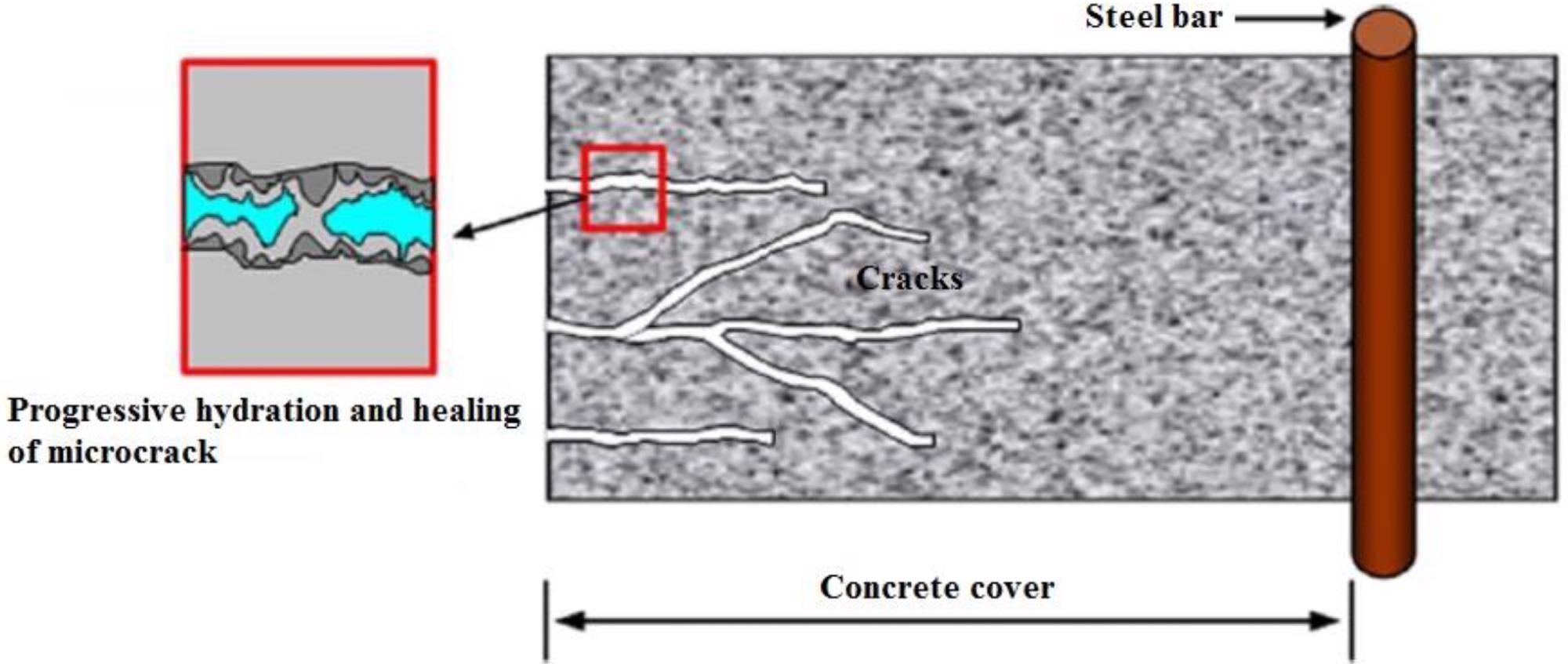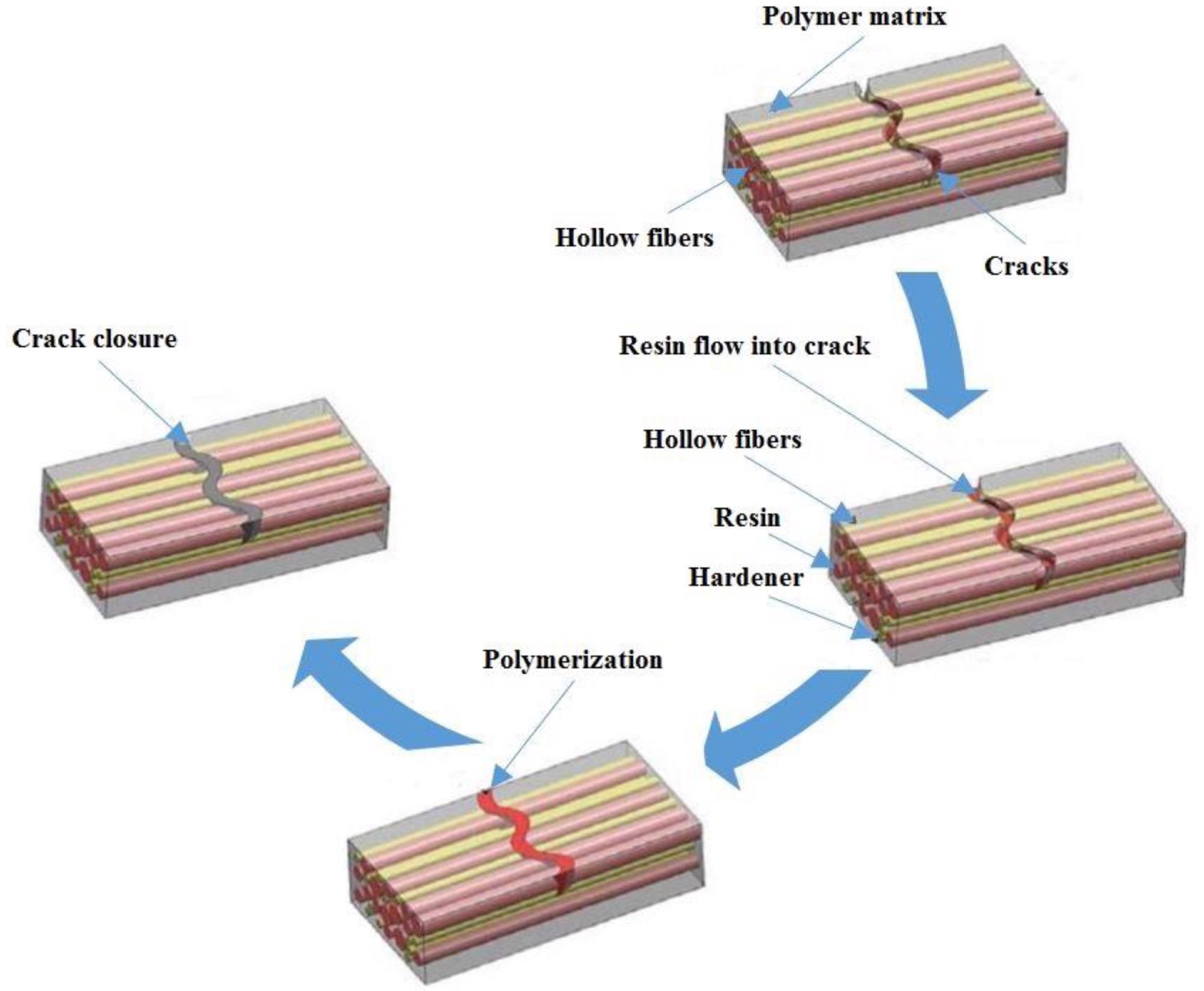In a recent study published in the open-access journal Sustainability, researchers reviewed various smart bio-agents that can promote autonomous self-healing properties of cementitious materials over a long duration of time.

Study: Smart Bio-Agents-Activated Sustainable Self-Healing Cementitious Materials: An All-Inclusive Overview on Progress, Benefits and Challenges. Image Credit: lovelyday12/Shutterstock.com
The cracks produced in these cementitious materials become the abode of some microbes that fill these gaps and inhibit crack propagation. Additionally, the study extends the discussion towards design strategies, efficacy, the effects of processing parameters on the performance, current challenges, and future scopes are also studied in-depth.
Background
Concrete is the most used construction material in the world owing to its ultra-high compressive strength, readily available low-cost raw materials, affordability, and durability. However, its tensile strength is still much less compared to its compressive strength. Moreover, its high porous structure makes it prone to generate cracks after a certain period under several loads.

Classic crack-repair mechanisms in the concretes via the immobilized bacteria. Image Credit: Huseien, G.F et al., Sustainability
Dry shrinkage, external loading, plastic shrinkage, rebar corrosion, and thermal stress are some of the major factors for crack generation in concrete structures. When the stress at the tip of micro-cracks exceeds the critical stress concentration factor, the crack starts to propagate even under low loading conditions. Repairing these microcracks at their initial stage can prolong the lifespan of the concrete structure.
Nevertheless, there are some challenges in repairing these micro-cracks. First of all, most of the cracks are impossible to reach as they form inside the structure. Additionally, they cause repeated pollution, require intensive labor and high capital, and frequently obstruct the operations surrounding the concrete structure.
Self-healing concrete is a new field of research that can alleviate the above-mentioned problems. There are several approaches to producing a self-healing concrete structure such as by incorporating raw materials that can interact with their surrounding environment to produce byproducts that can fill the microcracks, or by encapsulating crystalline admixtures, polymers, fibers, or micro-organisms.
Ureolytic bacteria are already known to accelerate the precipitation of calcium carbonate (CaCO3) inside micro-cracks. The urease enzyme produced by these bacteria breaks urea into ammonium and carbonate ions (CO32−). The calcium (Ca)-ion-rich cell walls of these bacteria in the presence of CO32− ions precipitate CaCO3.
Self-healing Agents
The first type of self-healing agent is the expansive agent. The additives promote the hydrated expansion of the cementitious network matrix or obstruct the cracks with precipitation of water-soluble impurities. The precipitation of CaCO3 and magnesium silicate, so-called supplementary cementitious materials (SCMs), are some of the typical examples.
Self-curing super-absorbent polymers exhibit excellent stability in harsh environmental conditions such as undersea and oily waters. Their efficacy depends upon the type of cement, water-to-cement ratio, and polymer content. Moreover, shrinkable polymers induce consistent tension inside the concrete that can marginally compensate for the lack of tensile strength of concrete structures under bending stresses.

Healing process of micro-cracks in concrete cover because of unhydrated cement nuclei-assisted continued hydration. Image Credit: Huseien, G.F et al., Sustainability
Nanoparticles (NPs) with functionalization and a very high surface area to volume ratio can enhance the durability of concrete structures. Functionalized silica and waste glass NPs are some of the recently analyzed materials for this purpose.
Ureolytic bacteria such as bacillus sphaericus, catalyze the precipitation of the CaCO3 via the decomposition of urea. These bacteria can be directly sprayed onto the concrete surface containing micro-cracks. They also significantly reduce water permeability into the cracks, thus preventing further decay. Sporoscarcina Pasteurii bacteria improve permeability and porosity in fly ash-based concretes.
However, a high alkaline environment is detrimental to the survivability of such bacteria. The encapsulation of such ureolytic bacteria using polyurethane results in the stability of the enzymatic activity and prolongs the bacterial lifespan.
Parameters Affecting the Performance of Self-healing Agents
The hydrophilic nature of crystalline admixtures decreases the water permeability of the concrete structure, which improves their mechanical properties. It also increases the alkalinity and stiffness of the concrete that inhibits corrosion of the underlying steel. The crystalline admixture with calcium sulfate-hydrate and calcite has been shown to improve the compressive and tensile strength of the concrete by 13.98 and 35%, respectively.
In the case of self-healing bacteria, microencapsulation and capillary movement enhanced the self-healing result more than the direct application. The application of bacterial nutrients such as calcium formate, calcium lactate, and calcium nitrate improved the setting time of the cement.

Schematic representation of self-healing concept using hollow fibers. Image Credit: Huseien, G.F et al., Sustainability
Conclusions
To conclude, the researchers of this study reviewed various concrete self-healing agents such as expansive crystalline admixtures, super-absorbent polymers, fibers, and most importantly the SCMs precipitating bacteria.
The incorporation of microencapsulation, bacterial nutrients, auto-switching hibernation on/off, and sometimes combined with water permeability enhancing crystalline admixtures can significantly enhance the self-healing properties of concrete structures. Hence, self-healing bacteria are a promising cost-effective, and eco-friendly solution for concrete repair.
Disclaimer: The views expressed here are those of the author expressed in their private capacity and do not necessarily represent the views of AZoM.com Limited T/A AZoNetwork the owner and operator of this website. This disclaimer forms part of the Terms and conditions of use of this website.
Source:
Huseien, G.F., Nehdi, M.L., Faridmehr, I., Ghoshal, S.K., Hamzah, H.K., Benjeddou, O., Alrshoudi, F., Smart Bio-Agents-Activated Sustainable Self-Healing Cementitious Materials: An All-Inclusive Overview on Progress, Benefits and Challenges. Sustainability 2022, 14, 1980. https://www.mdpi.com/2071-1050/14/4/1980